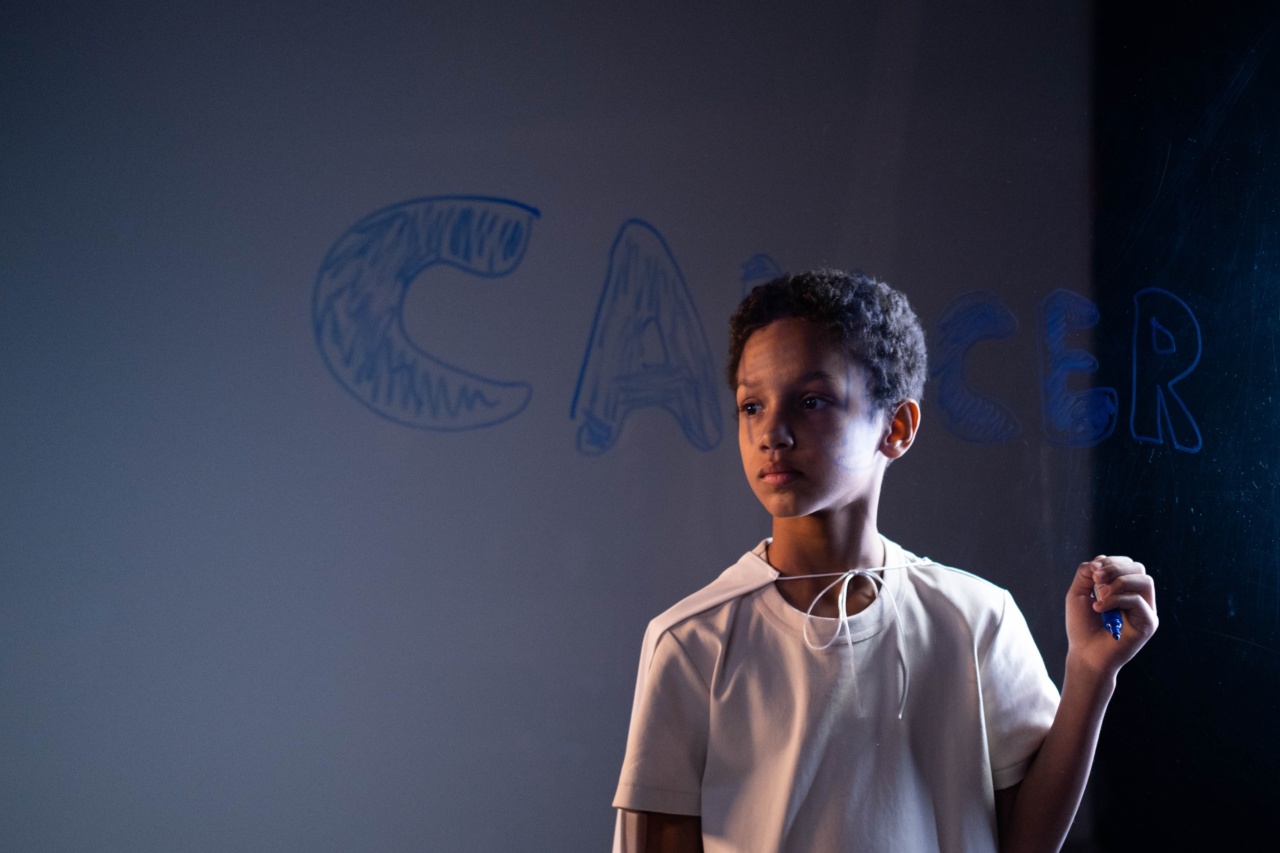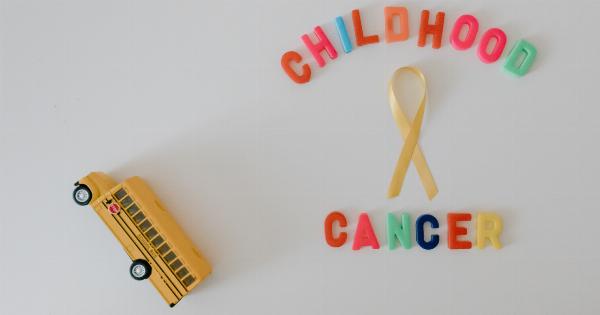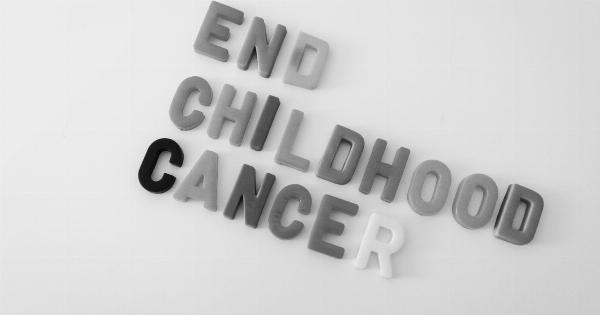Childhood cancer is a pressing concern that has gained significant attention in recent years. While it was previously considered a rare occurrence, there has been a steady upward trend in the number of cases reported globally.
This article delves into the reasons behind this alarming increase and its implications for the affected children and their families.
Understanding Childhood Cancer
Childhood cancer refers to any cancer diagnosis in individuals below the age of 18. It encompasses a range of diseases, including leukemia, brain tumors, neuroblastoma, Wilms tumor, and lymphomas.
While advancements in medical science have improved the survival rates for many pediatric cancers, the rising incidence is still a cause for concern.
Statistics and Trends
The statistics on childhood cancer are worrisome. According to the World Health Organization (WHO), childhood cancer is the leading cause of death among children aged 1-19 years old worldwide.
Furthermore, data from the American Cancer Society reveals that the incidence of childhood cancer has been steadily rising at a rate of around 0.6% per year over the past few decades.
Possible Causes
Several factors contribute to the upward trend in childhood cancer cases.
Genetic susceptibility plays a significant role in certain types of pediatric cancers, while exposure to certain environmental toxins and radiation has also been identified as a risk factor. However, these factors alone cannot explain the entire increase in cases.
Changes in Diagnostic Techniques
Advancements in medical technology and diagnostic techniques have allowed for earlier and more accurate detection of cancer in children.
As a result, some of the observed increase in childhood cancer cases may be attributed to improved diagnostic capabilities, leading to better identification and reporting.
Environmental Factors
Environmental factors are believed to play a substantial role in the increasing incidence of childhood cancer.
Exposure to pollutants, pesticides, household chemicals, and certain industrial processes has been linked to an elevated risk of cancer in children. Further research is required to fully comprehend the impact of these environmental factors.
Lifestyle and Behavioral Factors
Changes in lifestyle and behavior patterns have also been implicated in the rising incidence of childhood cancer.
Sedentary lifestyles, unhealthy diets, and exposure to secondhand smoke are potential risk factors that contribute to the development of cancer in children. Promoting healthier habits among children and their families is crucial in mitigating this risk.
Impact on Children and Families
Childhood cancer has far-reaching consequences that extend beyond the affected child. The physical, emotional, and financial burdens placed on families can be overwhelming.
Chronic illness disrupts the child’s education, social interactions, and overall quality of life. Adequate support systems and access to pediatric oncology care are crucial to improve outcomes and provide holistic care to the children and their families.
Research and Advances in Treatments
The increasing incidence of childhood cancer emphasizes the need for continued research and development of innovative treatment approaches.
Collaborations between medical institutions, increased funding for research, and government initiatives are essential in driving progress in pediatric oncology. Improved treatments and personalized medicine hold promise for better outcomes and reduced long-term side effects.
Raising Awareness and Advocacy
Raising awareness about childhood cancer is crucial in garnering support, funding, and resources for affected children and their families.
Advocacy groups, nonprofit organizations, and public health campaigns play a vital role in educating communities, promoting early diagnosis, and supporting research efforts. It is essential for society as a whole to recognize the significance of childhood cancer and work collectively towards its prevention and cure.
Conclusion
The upward trend in childhood cancer cases demands immediate attention and action.
While the exact causes of this increase are complex and multifactorial, it is clear that a comprehensive approach, involving research, prevention, and support, is necessary to address this growing health concern. By understanding the underlying factors, raising awareness, and investing in research and treatment, we can strive towards improving the outlook for children facing the devastating impact of cancer.

























